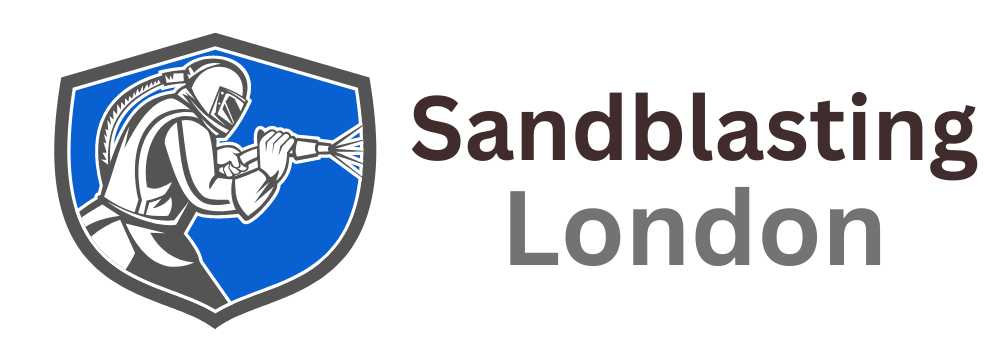Your Ultimate Guide to Sandblasting Car Parts
Sandblasting is a crucial process for restoring and maintaining car parts. This method uses high-pressure air to propel abrasive materials, effectively removing rust, paint, and other contaminants from surfaces. In this guide, we'll delve into the benefits of sandblasting car parts, the process involved, and why it's a superior choice for car restoration.
Understanding Sandblasting
Sandblasting, also known as abrasive blasting, is a process that uses a stream of abrasive material to clean or modify the surface of an object. For car parts, this means removing old paint, rust, and other surface contaminants to prepare the part for repainting or further treatment. The main components of a sandblasting setup include an air compressor, a blast pot, a nozzle, and abrasive material like silica sand, glass beads, or aluminium oxide.
Benefits of Sandblasting Car Parts
- Thorough Cleaning: Sandblasting reaches every nook and cranny of car parts, ensuring a thorough clean that manual methods can't achieve.
- Rust Removal: It effectively removes rust, which can compromise the integrity of car parts.
- Surface Preparation: Sandblasting creates a smooth, even surface that's perfect for painting or coating.
- Efficiency: The process is quick and efficient, saving time and labour costs compared to manual cleaning methods.
- Versatility: Suitable for various car parts, including engine components, frames, wheels, and body panels.
The Sandblasting Process
- Preparation: The car part is first cleaned of any grease and dirt. This initial step ensures the sandblasting process is more effective.
- Masking: Areas that do not require blasting are masked off to prevent damage.
- Blasting: The abrasive material is propelled onto the car part at high speed, stripping away unwanted layers.
- Inspection: After blasting, the part is inspected to ensure all rust and old paint have been removed.
- Finishing: The part is then ready for any finishing process, such as painting or powder coating.
Safety Precautions
Sandblasting is a powerful process that must be handled with care. Operators should always wear protective gear, including gloves, goggles, and respirators, to prevent inhaling dust and abrasive particles. Additionally, the work area should be well-ventilated to prevent the accumulation of dust.
Alternatives to Sandblasting
While sand blasting is highly effective, there are alternative methods for cleaning car parts:
- Chemical Stripping: Uses solvents to remove paint and rust, but can be less environmentally friendly.
- Manual Sanding: A labour-intensive process best for small or delicate areas.
- Soda Blasting: Uses baking soda as the abrasive, which is gentler and better for delicate surfaces.
- Laser Cleaning: A high-tech option that uses lasers to remove contaminants without abrasive materials.
Abrasive sandblasting is an invaluable method for restoring and maintaining car parts, offering thorough cleaning, rust removal, and surface preparation. By understanding the benefits and processes involved, car enthusiasts and professionals can ensure their vehicle parts are in top condition for optimal performance and longevity.
When it comes to sandblasting car parts, Sandblasting London stands out as the premier choice. With years of experience and a commitment to quality, our team provides top-notch sandblasting services tailored to your needs. We use state-of-the-art equipment and adhere to the highest safety standards, ensuring your car parts are restored to their best condition. Trust us to deliver exceptional results that exceed your expectations.
Check out our latest GBP update about the guide to
sandblasting car parts.
